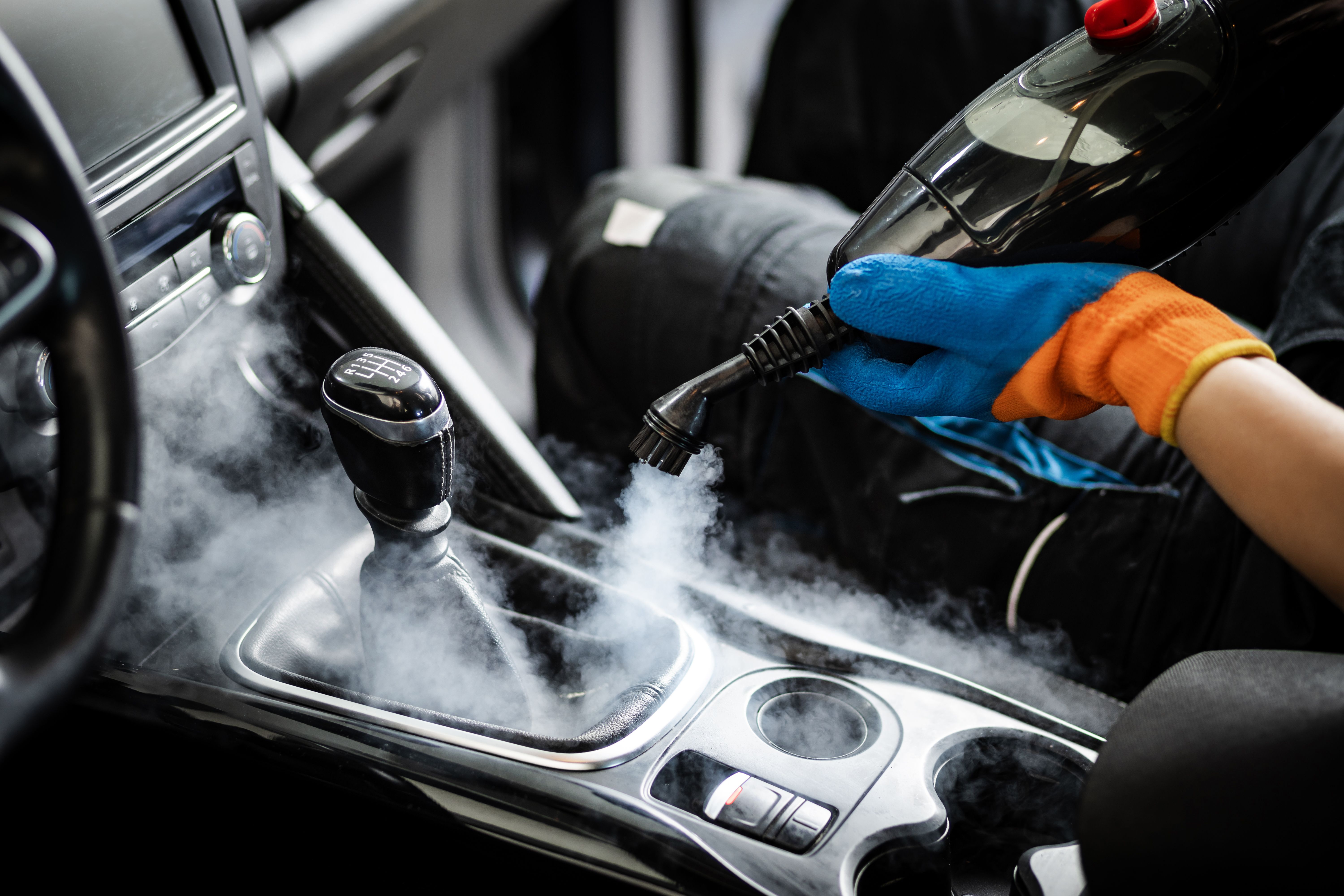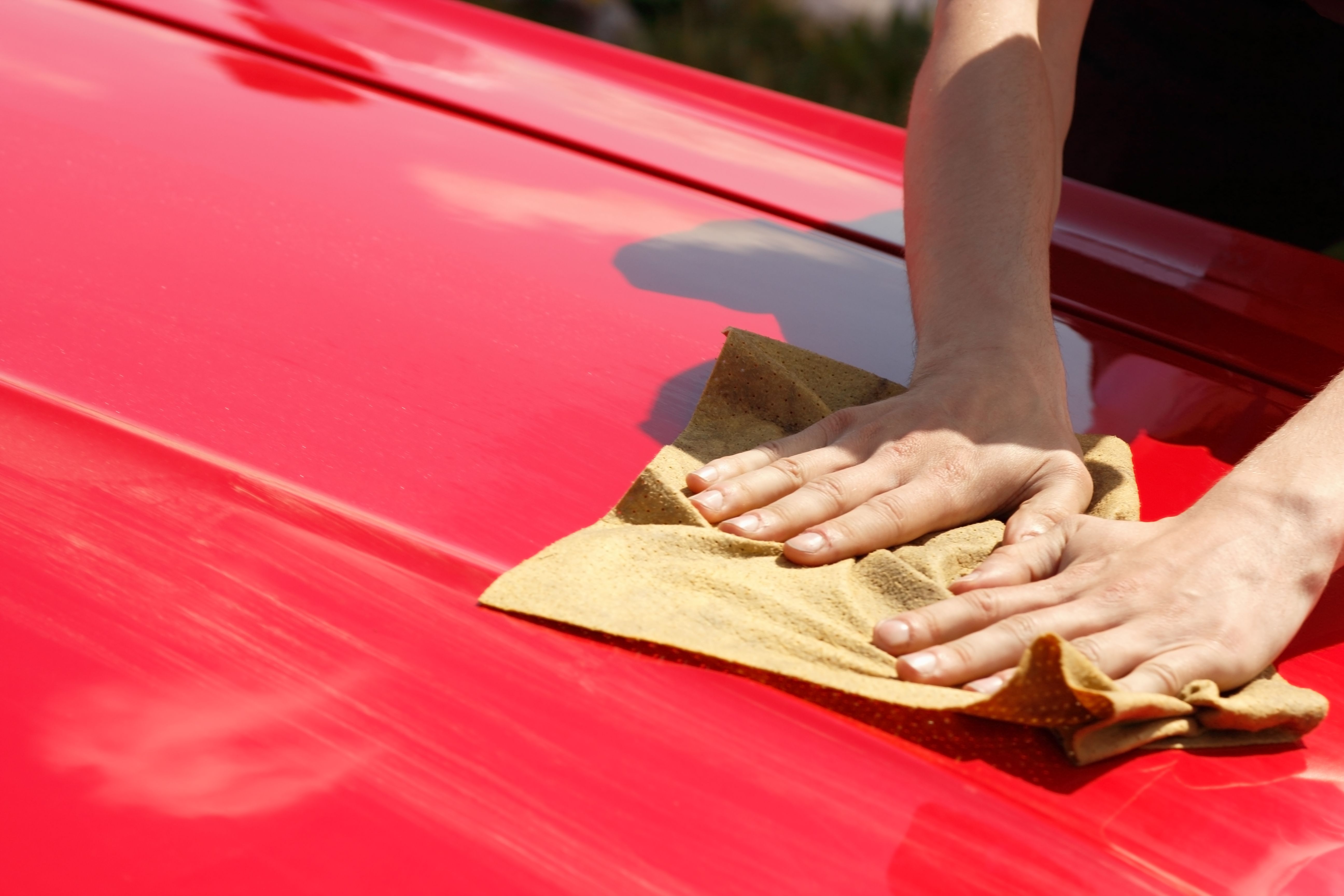The Ultimate Guide to Car Wash Techniques
Introduction to Car Wash Techniques
Keeping your car clean is more than just about aesthetics; it's about maintaining the vehicle's condition and value. Whether you are a car enthusiast or simply looking to protect your investment, understanding the various car wash techniques can make a significant difference. In this guide, we'll explore the best methods to wash your car effectively and efficiently.

Hand Wash
Hand washing is a traditional and highly effective method of cleaning a car. It allows for meticulous attention to detail and can prevent scratches and damage that might occur with automated washes. To perform a hand wash:
- Rinse the car with water to remove loose dirt and debris.
- Use a high-quality car shampoo with a soft sponge or microfiber mitt.
- Wash in sections, starting from the top and working your way down.
- Rinse each section thoroughly before moving on to the next.
Tip: Use the two-bucket method to minimize the risk of scratches. One bucket for soapy water and another for rinsing your sponge or mitt.
Touchless Car Wash
A touchless car wash is an automated technique where no brushes or sponges come into contact with the vehicle's surface. Instead, high-pressure jets of water and cleaning agents are used to remove dirt. This method is beneficial for preventing scratches and is convenient for quick cleans. However, it may not be as effective on heavily soiled vehicles.
Automatic Car Wash
Automatic car washes are popular for their speed and convenience. These systems use rotating brushes and conveyors to clean the car's exterior. While they are efficient, it's important to be cautious as some brushes may cause minor scratches over time. Opt for newer facilities with soft-cloth technology to reduce this risk.
Consideration: Frequent use of automatic washes can lead to wear on the car's paint job. It's best to alternate between automatic washes and hand washes for optimal results.
Waterless Car Wash
The waterless car wash technique is perfect for those who are environmentally conscious or have limited access to water. Specially formulated sprays are used to lift dirt away from the car's surface, which is then wiped off with a microfiber cloth. This method is great for maintaining a clean look between major washes.

Clay Bar Treatment
A clay bar treatment is an advanced technique used to remove contaminants that washing alone cannot. This includes tar, tree sap, and industrial fallout. After washing your car, you can glide the clay bar over the surface with a lubricant to achieve a smooth finish. It's especially useful for preparing the paint for waxing or polishing.
Waxing and Polishing
Waxing and polishing are crucial steps in the car cleaning process. Waxing protects your paint from environmental elements, while polishing enhances its shine. Apply wax in a thin layer, allow it to dry, and then buff it off with a clean microfiber cloth.
- Waxing: Provides a protective barrier against UV rays and moisture.
- Polishing: Removes minor scratches and restores gloss.
Conclusion
Choosing the right car wash technique depends on your specific needs, time constraints, and environmental concerns. By understanding these various methods, you can keep your vehicle looking its best while ensuring its longevity. Regular maintenance not only enhances your car's appearance but also preserves its value over time.